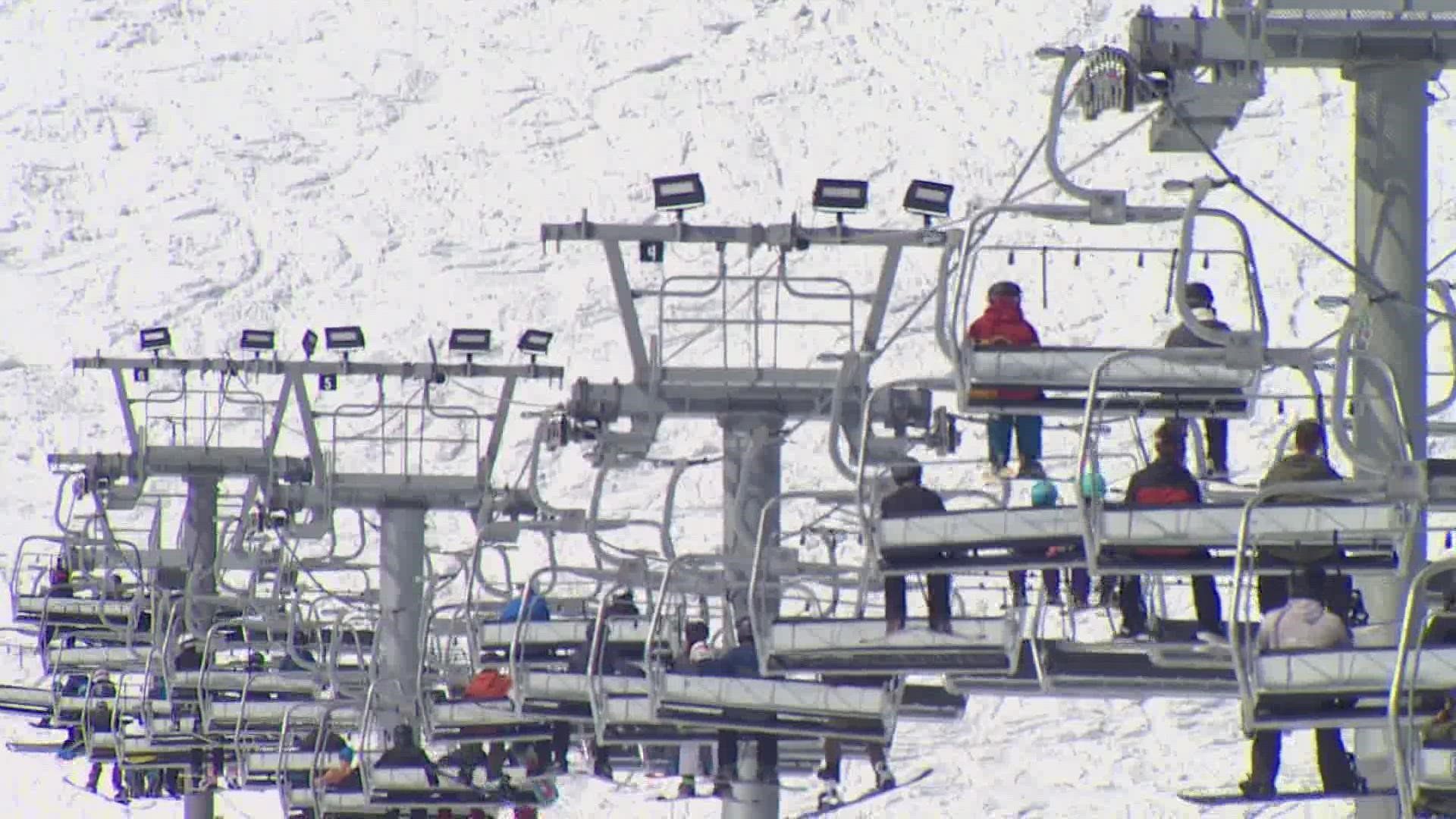SNOQUALMIE PASS, Wash. — Experts are warning of an increased risk of avalanches throughout the Cascade Range.
The Northwest Avalanche Center warns of "uniquely dangerous" conditions as temperatures rapidly warm, causing the snow to become unstable.
"Large natural avalanches could occur," the Avalanche Center tweeted. "Some of these slides could be big enough to bury, injure, or kill a person."
Avalanche danger around midday Thursday was "considerable" from the Gifford Pinchot National Forest up to the Canadian border, with an exception in the North Cascades National Park, where avalanche danger is "high," according to the avalanche center.
The NWAC categorizes avalanche risks using a five-point Avalanche Danger Scale. The ratings are determined by the likelihood, size, and distribution of the avalanches.
RELATED: How is avalanche danger determined?
The danger comes following a storm that brought heavy snow to the mountains earlier this week. Snoqualmie Pass, for example, received about 6 inches of snow between 6 a.m. on April 3 and 6 a.m. on April 4.
Temperatures then began warming, with highs in the 60s on Wednesday with some areas of western Washington expected to see temperatures in the low 70s by Thursday afternoon.
People heading into the backcountry are asked to use extreme caution and check the avalanche and weather forecast.
The NWS previously shared the following warning signs of unstable snow and possible avalanches:
- You see an avalanche happen or see evidence of previous slides
- Cracks form in the snow around your feet or skis
- The ground feels hollow underfoot
- You hear a "whumping" sound as you walk, which indicates that the snow is settling and a slab might release.
- Heavy snowfall or rain in the past 24 hours
- Significant warming or rapidly increasing temperatures
- You see surface patterns on the snow made by the force of strong winds. This could indicate that snow has been transported and deposited in dangerous drifts that could release

